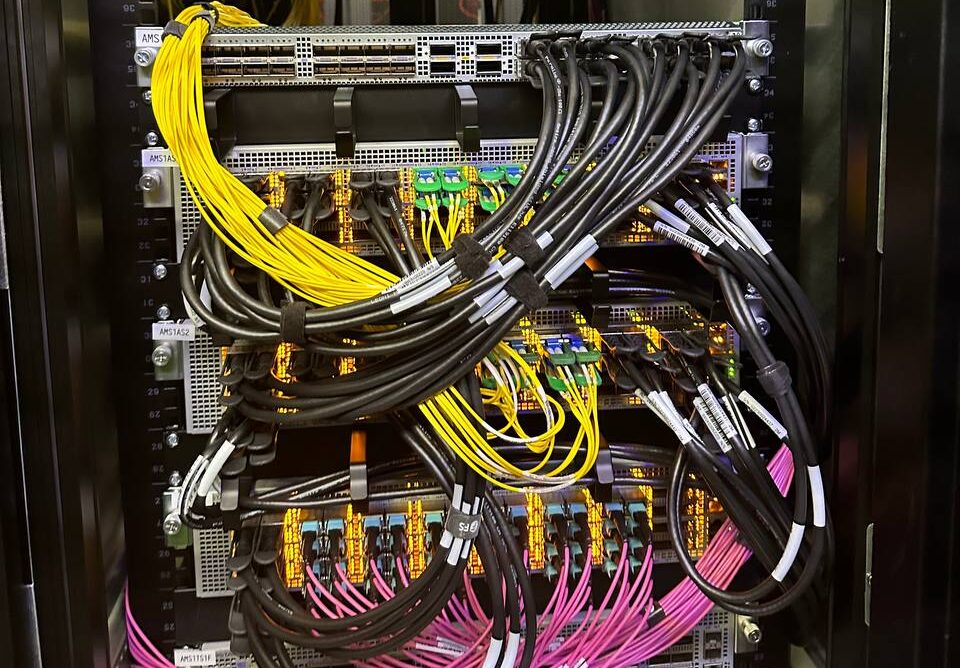What Is Data Center Decommissioning?
Data center decommissioning is the planned process of dismantling IT infrastructure in a controlled, secure, and environmentally responsible way. It involves:- Equipment disconnection and removal
- Secure data destruction
- Hardware inventory reconciliation
- E-waste disposal and recycling
- Asset remarketing or resale
- Documentation for compliance and audits
Why Secure Decommissioning Matters
Security is the primary concern during a data center decommissioning project. Residual data left on retired servers, hard drives, or network devices can expose companies to data breaches, fines, and reputation damage. Use services providers that follows rigorous protocols, including on-site data destruction and chain of custody tracking, ensuring no device leaves a facility without verified erasure or physical destruction. This is critical for businesses in healthcare, finance, or government sectors where regulatory compliance is non-negotiable.Planning the Decommissioning Process
Effective data center decommissioning starts with a structured plan:- Asset inventory – All hardware is identified and cataloged.
- Disconnection and removal – Cabling, servers, and racks are dismantled.
- Data destruction – Drives are wiped or shredded to NIST 800-88 standards.
- Logistics – Equipment is transported securely.
- Recycling or resale – Hardware is either recycled (R2/e-Stewards) or sold.
- Final reporting – A certificate of data destruction and full audit report are provided.
Sustainability and Compliance
Companies must now align their IT practices with environmental goals. RebootMonkey ensures that all decommissioned equipment is either reused, recycled, or disposed of according to EPA and ISO standards. Additionally, we adhere to HIPAA, GDPR, and other regulatory frameworks. This guarantees not just compliance, but also a strong internal governance posture.Maximize Asset Value
While decommissioning is a cost, it can also be an opportunity. RebootMonkey offers IT asset disposition (ITAD) services to help recover value from retired hardware. Equipment in good condition can be securely wiped and sold back into the market, turning a sunk cost into a revenue stream. This is especially useful for large-scale data center closures where hundreds of servers and network components are involved.Partner with Decommissioning Experts
Data center decommissioning is complex, but it doesn’t have to be chaotic. With an expert partner like RebootMonkey, businesses gain a streamlined process backed by technical expertise, certified data destruction, and sustainability-first practices. We serve enterprises, colocation centers, cloud providers, and government agencies across the U.S. Every engagement begins with a clear scope, fixed pricing, and zero hidden risks.Why Decommissioning Is Essential
Data centers eventually outlive their usefulness—whether due to equipment obsolescence, shifts to colocation or cloud services, or corporate mergers and downsizing. However, shutting one down improperly can result in severe consequences. From regulatory non-compliance and data breaches to environmental violations, the risks are significant.
That’s why decommissioning is not optional. It is a critical step in any IT lifecycle management strategy. Enterprises must approach it with the same rigor they apply to deployment and operations.
Security: A Non-Negotiable Priority
One of the core elements of any decommissioning effort is secure data destruction. Data-bearing assets like hard drives, SSDs, backup tapes, and networking equipment often retain sensitive information—even after formatting.
Simply deleting files or wiping systems is insufficient. To ensure compliance with regulations like GDPR, HIPAA, and PCI-DSS, physical destruction or certified data erasure must be performed. This may involve:

